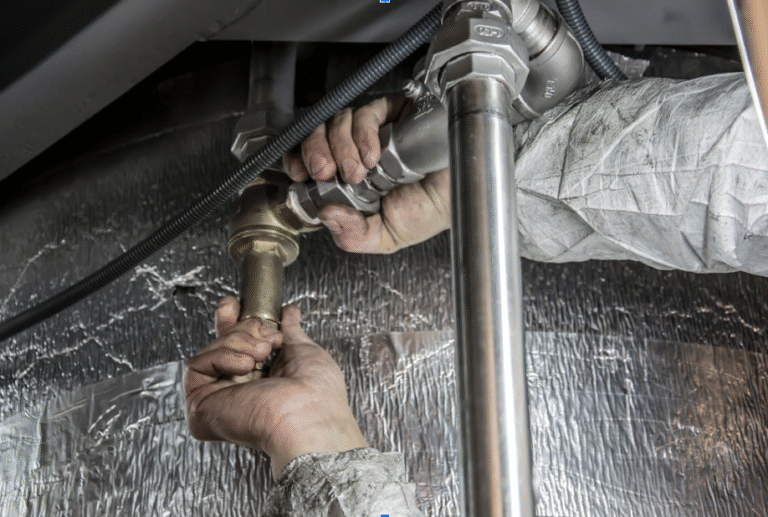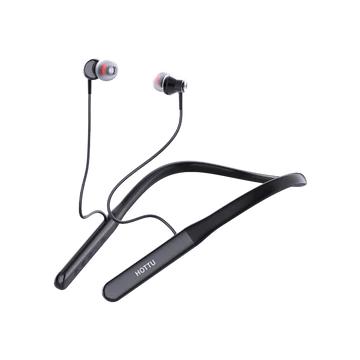All You Need to Know About Quality Sorting and Inspection
In today’s fast-paced supply chains, consistent product quality is essential to maintaining customer trust and operational efficiency. Sorting inspection plays a central role in ensuring that only defect-free goods move through production and distribution. By incorporating comprehensive checks at every stage, companies protect their reputation, lower return rates, and keep operations running smoothly.
Understanding Inspection Types and Processes
Effective quality control requires a combination of methods designed for different points in the supply chain. Examining the types of quality inspections in warehousing and logistics helps organizations identify where and how to intervene. Incoming inspections verify that raw materials meet specifications before production begins. In-process checks monitor quality during manufacturing to catch errors early, while pre-shipment evaluations confirm that finished products meet standards before they leave the facility. Together, these measures prevent defective goods from reaching customers and provide valuable data to refine production processes.
Reducing Errors and Return Rates
Detecting issues before products leave the warehouse directly reduces returns and complaints. A clear understanding of the role of sorting inspection services in minimizing returns and customer complaints shows how systematic defect detection eliminates damaged or nonconforming items. This not only saves the costs associated with returns and replacements but also strengthens customer confidence in the brand. Consistently reliable products turn first-time buyers into repeat customers and reduce the financial risks tied to product recalls.
Integrating Technology for Higher Accuracy
Technology has transformed the way inspections are carried out. Automated vision systems, barcode scanning, and AI-driven analytics detect even minute defects that human checks might miss. Real-time monitoring provides instant feedback, allowing corrective action before small issues become significant problems. By integrating automation into inspection processes, companies achieve greater accuracy, faster throughput, and improved consistency across large volumes of goods.
Strengthening Supplier and Production Accountability
Quality sorting and inspection also reinforce accountability throughout the supply chain. Detailed reports on inspection results create measurable performance benchmarks for suppliers and internal teams. This visibility encourages process improvements and strengthens relationships with suppliers who meet or exceed quality standards. Over time, these practices help reduce disruptions and ensure a steady flow of high-quality goods to customers.
See also: How Does Natural Light Impact Architectural Design?
Supporting Cost Control and Customer Satisfaction
A robust inspection strategy is an investment that yields long-term savings. By identifying defects early, companies reduce waste, minimize rework, and avoid costly product recalls. Consistent quality reduces the expense of managing returns and maintains customer satisfaction. High standards not only protect profit margins but also enhance brand credibility, fostering repeat purchases and positive word-of-mouth marketing.
Building a Competitive Advantage
In competitive markets, superior quality can set a brand apart. Businesses that consistently deliver well-inspected products are better positioned to win new contracts, enter new markets, and retain loyal customers. Quality sorting and inspection provide the assurance buyers seek when choosing long-term partners, giving companies a distinct advantage over competitors that take a more reactive approach to quality control.
Conclusion
A strong commitment to quality sorting and inspection ensures that every product meets exacting standards before reaching customers. By combining structured inspection stages, advanced technology, and strict accountability, companies can prevent defects, cut costs, and strengthen their market reputation. This proactive approach safeguards profitability and builds lasting customer confidence, laying the groundwork for sustainable growth in today’s demanding supply chain environment.






